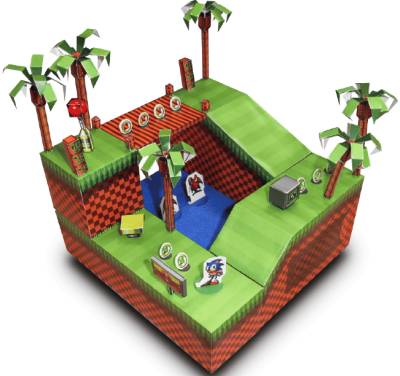A popular game maker released by over 100 million people plays a curriculum that allows you to learn 'game design' for free

URF Academy | Riot Games
https://www.riotgames.com/en/urf-academy
In all six classes, you will learn game design through principles of game design using simple frameworks and workshops. Difficult programming is not included in the course, and 'Game design' is the main content. Eventually, groups will be able to design prototypes of multiplayer games.
◆1: Game experience and 8 ways to enjoy
The first lesson focuses on the player part of game design. The basics of the playing experience that the game should provide are explained from the player's point of view, 'The game was created to evoke the emotion of the player, and different emotions can be evoked by different players in the same game.' It is a course where you can learn the contents.
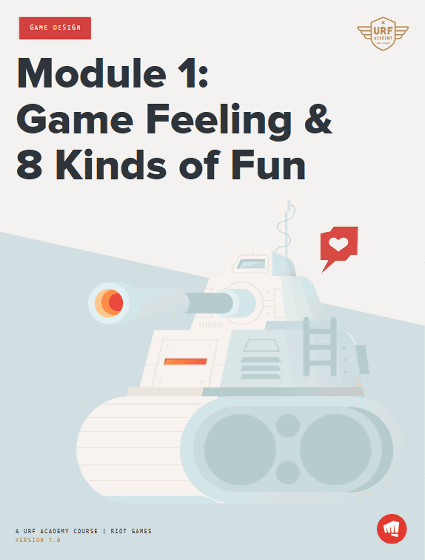
The theme is 'What kind of emotions do you get when you play a game?' and the discussions that divide students into groups are also included.

There was also a deep dive into how to enjoy the game by classifying it into eight types: 'feeling,' 'friendship,' 'challenge,' 'fantasy,' 'story,' 'discovery,' 'expression,' and 'submission.'
The second course explains what role a 'goal' plays in making a game. There are different types of goals in the game, and you will learn the benefits of goals, the role of subgoals, and how to set goals by providing subgoals and adjusting the pace distribution.
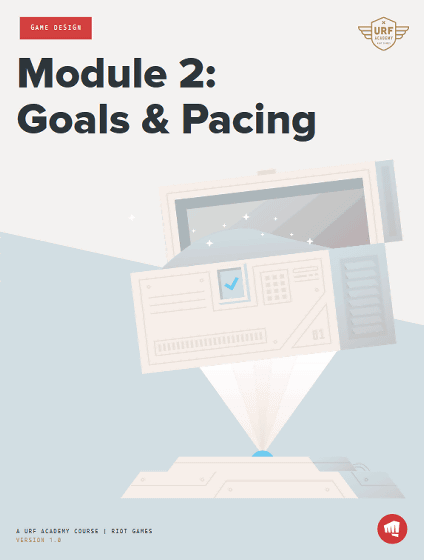
In this course, a discussion was prepared by playing a game using paper and pen and experiencing the role of the goal in the game. The content is focused not only on classroom learning but also on-the-job learning.
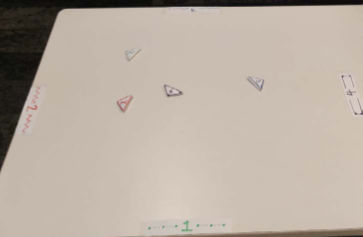
◆3: Decision making and problem solving
The third is a course to learn the importance of player decision making and problem solving in game design. What was important to make the flow of the game smooth, and how one of the important elements of the game ' core loop ' enhances the immersive feeling of the player were explained. It also covers points to keep players from getting bored.
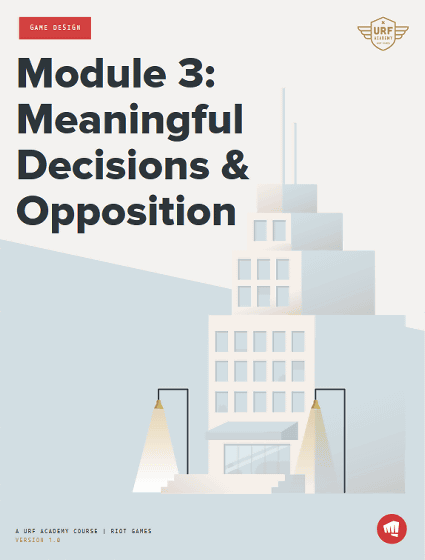
The games that you can actually play during the course will be a little more complicated. Playing a game that prevents enemies from entering within the time limit, you can understand through the playing experience that not only the importance of problem solving and game cycle but also the 'cycle of quick problem solving' is interesting I can do it.
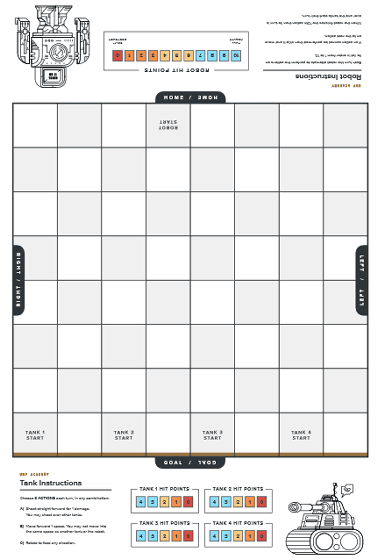
The fourth course focuses on how to make game rules and how to easily understand the game mechanics and rules while keeping players interested. There is also a brainstorming to think about the theme of the game, so you can learn how to come up with ideas when making a game.

The fifth course is to learn how to create gameplay that connects players and rules. Not only will you learn while playing the game, but it will also tell you about what a professional game designer actually does. Techniques such as how professionals create a built-in game experience and how to keep the interest of the player for a long time are explained, and you can know the know-how unique to game production companies I can do it.
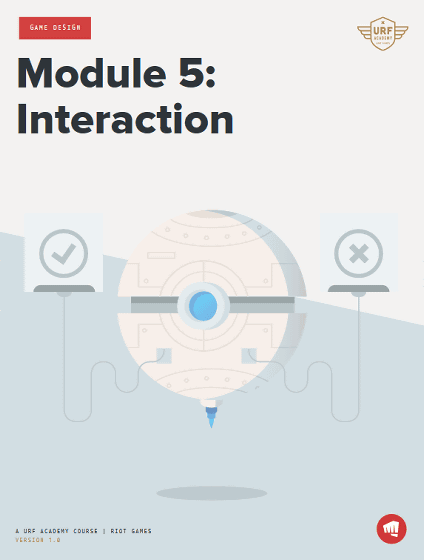
Finally, you'll prototype your game on paper using all you've learned in the modules so far. On the page of the course, 'I feel that I have learned enough about the basics of game design and want to be able to make my own game. We make students make games of a lifetime. I want you to have the passion and motivation to want it.' It is written as the culmination of all the courses.
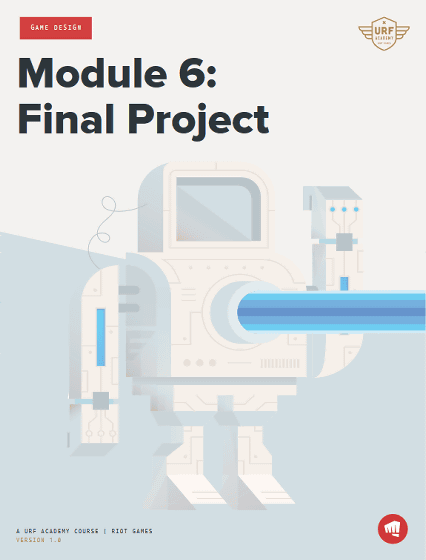
The course published at Riot Games is a re-creation of the curriculum originally created for college students so that even students with no specialized knowledge can learn. The materials can be downloaded for free and you can actually learn by playing a simple game, so it was recommended for adults and children who are interested in game design.
Related Posts:
in Web Service, Game, Posted by darkhorse_log



